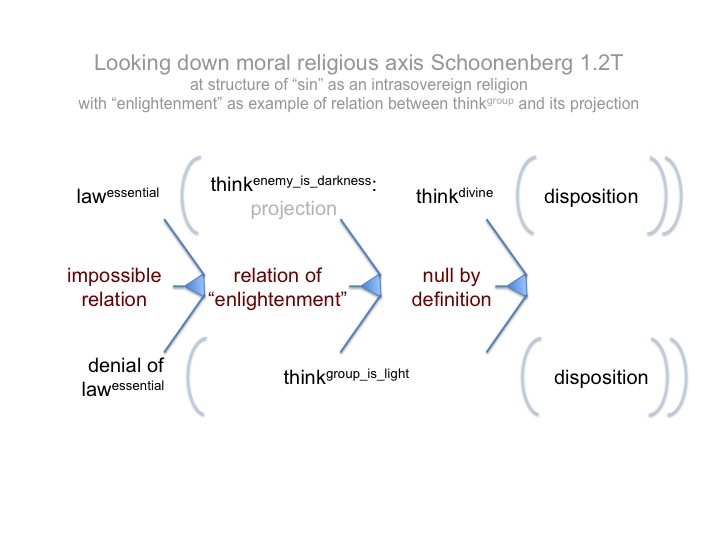Thoughts on Man and Sin by Piet Schoonenberg (1964) 1.3D
Summary of text [comment] page 18
Jesus demands that the Law of God be observed. He also wants us to interiorize it. Jesus equates hatred and impure desires with murder and adultery (Mark 7:21).
[Thinkgroup3(__2(consciencelacking1)) opportunistically seeks situations that strongly appeals to our dispositions1. Some dispositions will react so strongly, that we cannot help but hear what “we want to hear”, just like Life Woman in An Archaeology of the Fall.
These dispositions are as varied as the transgressions that situate them.
Consequently, for Scripture, hatred and impure desires are not merely dispositions. They are dispositions coupled with thinkgroup3(sin2(consciencelacking1)).
They are trained dispositions.]

